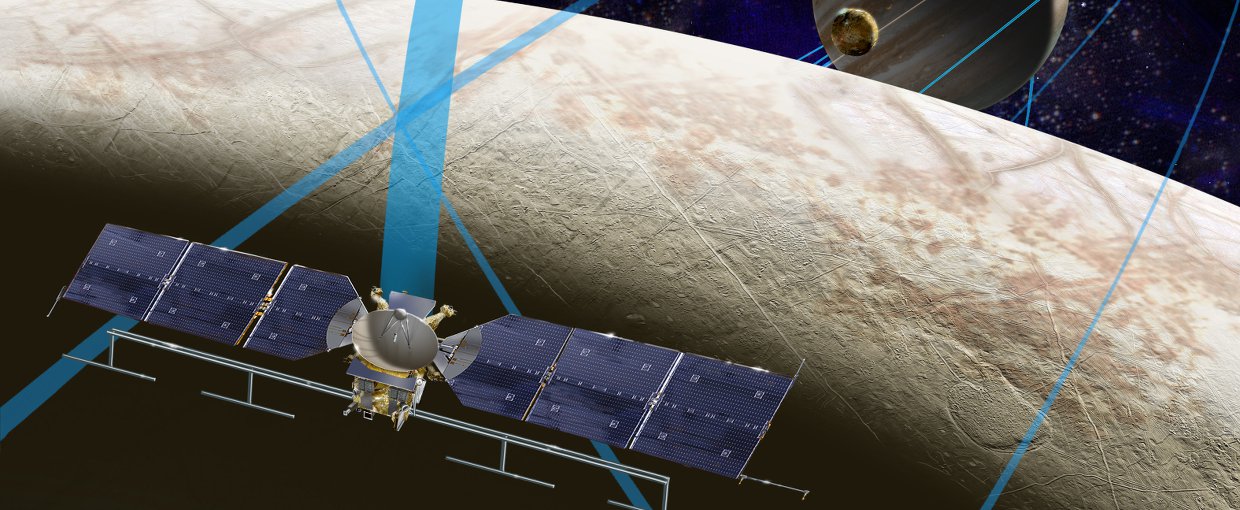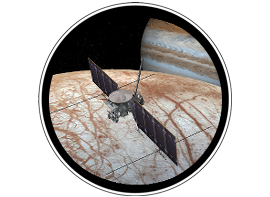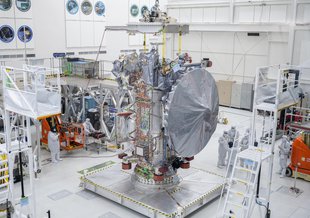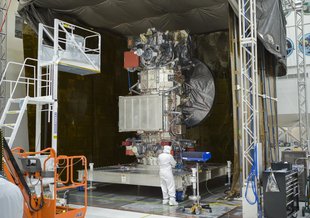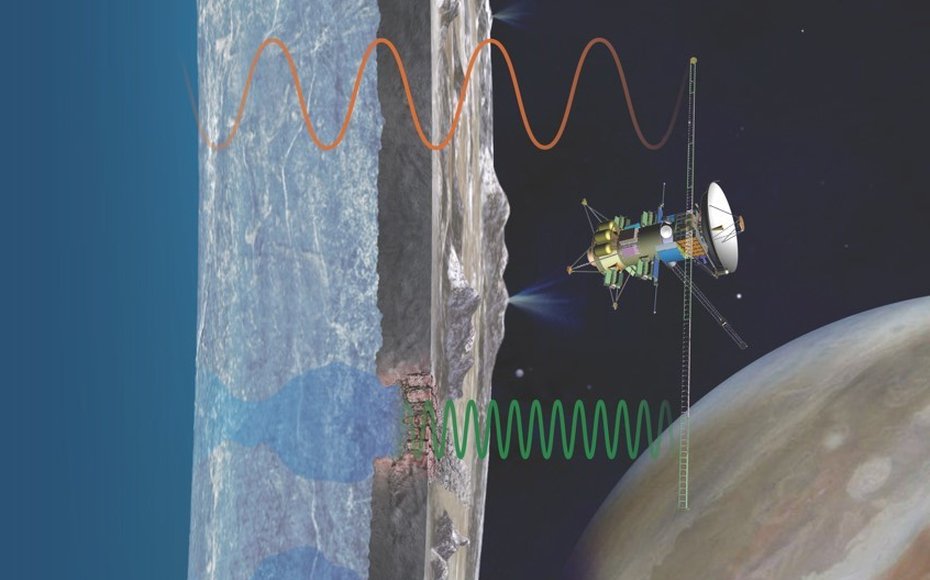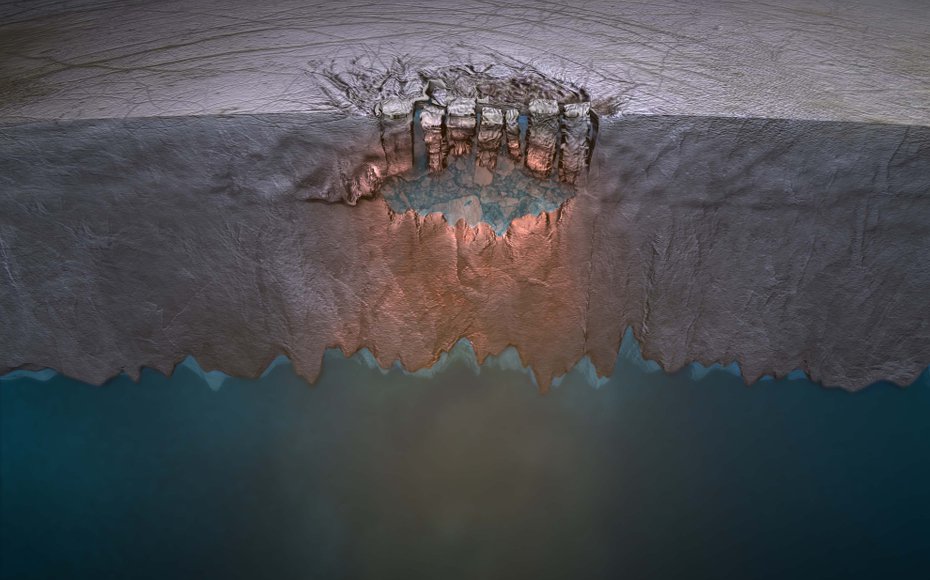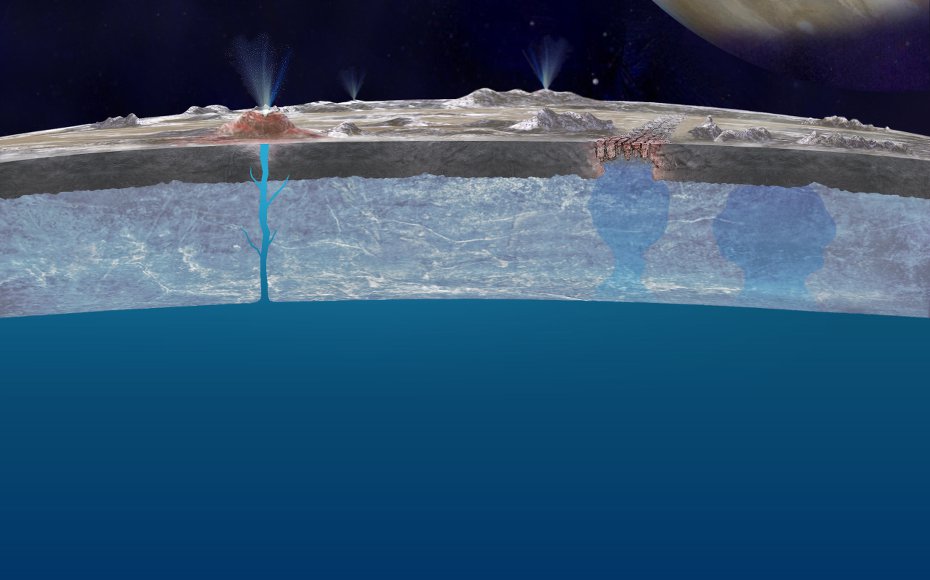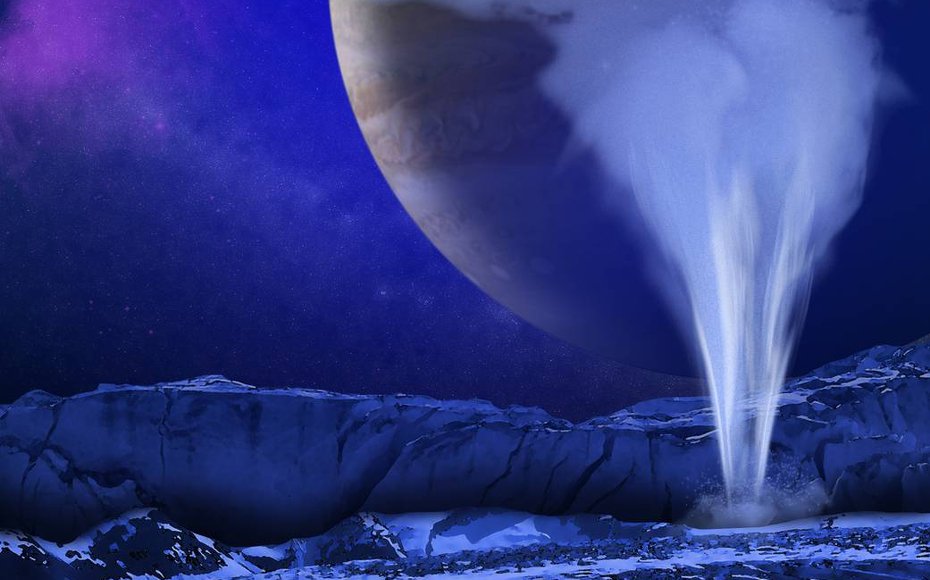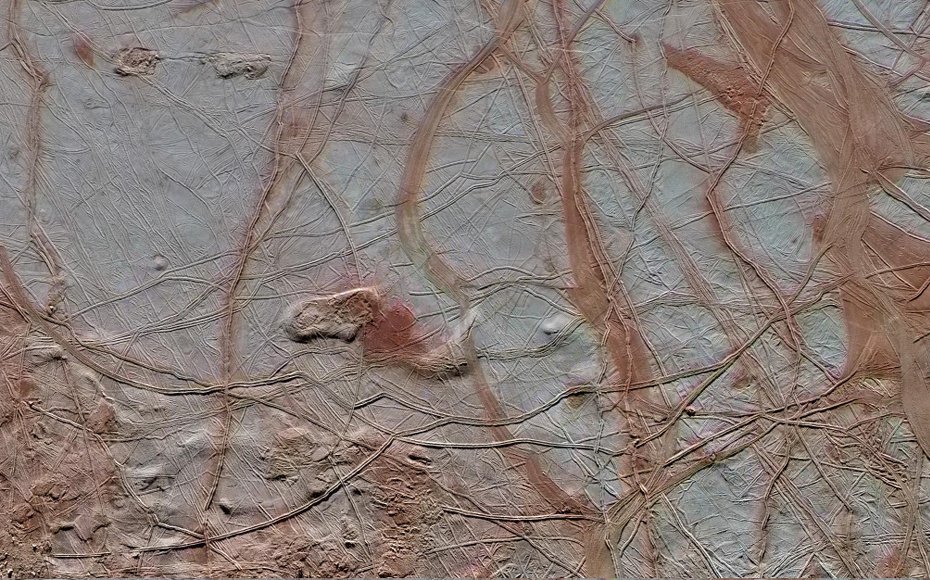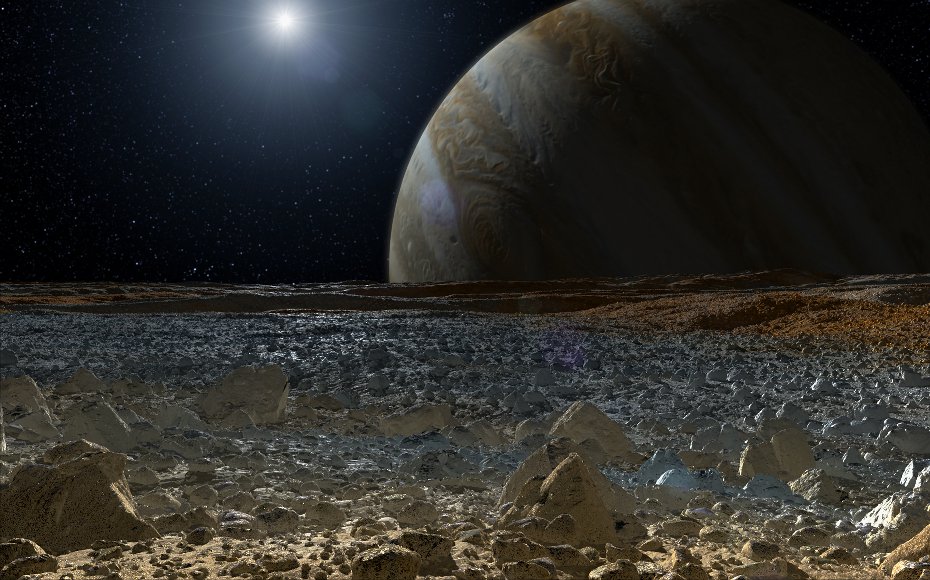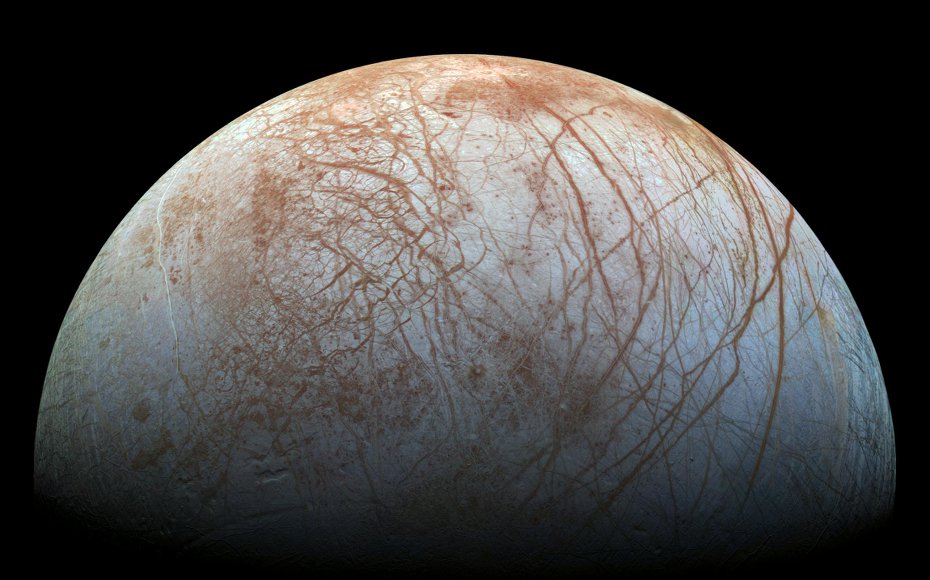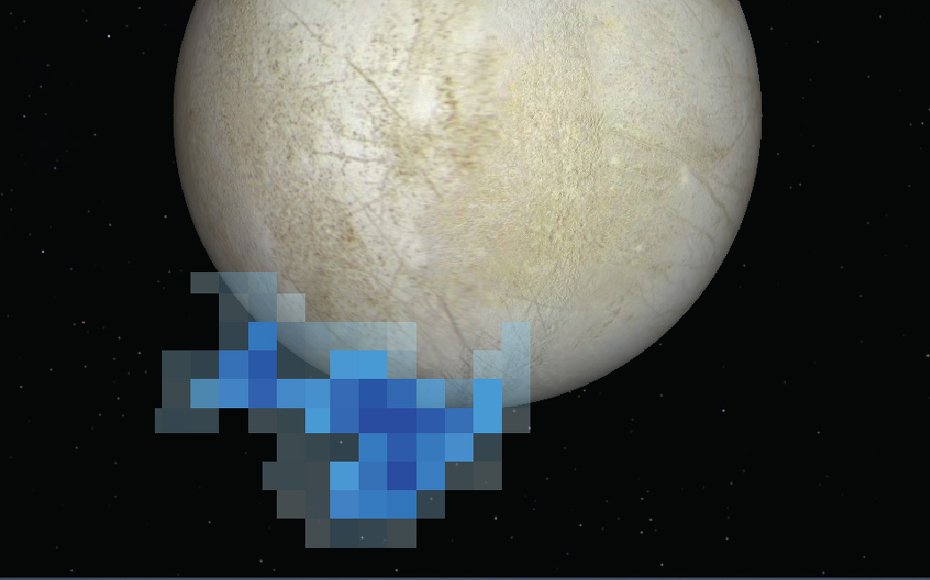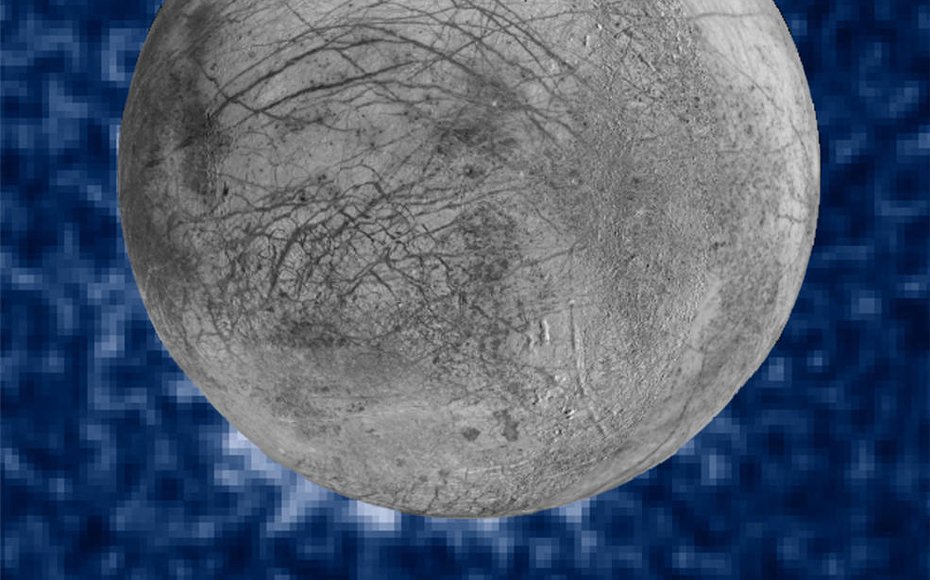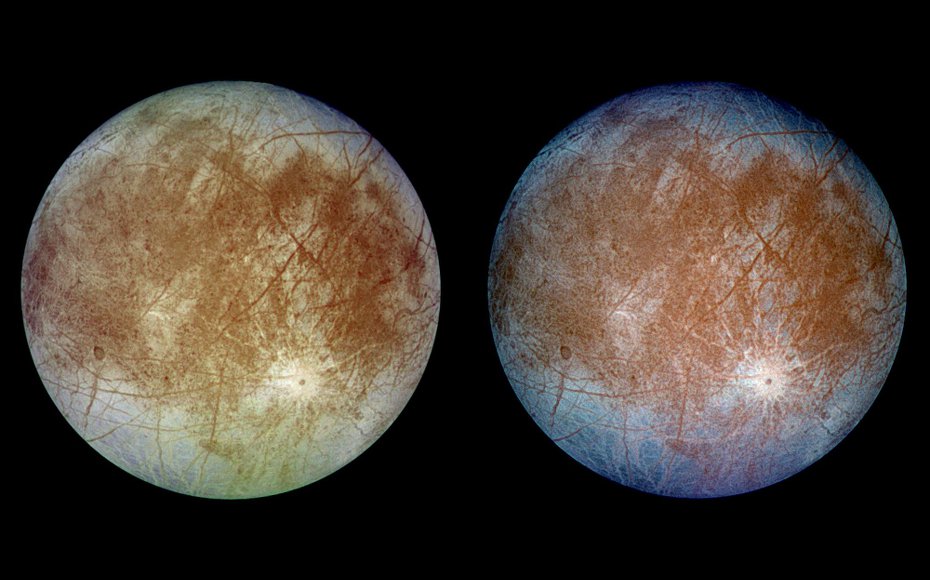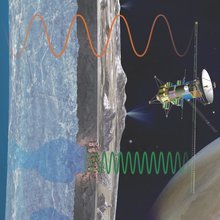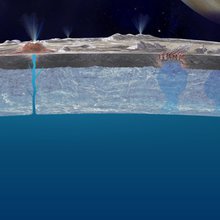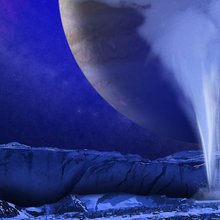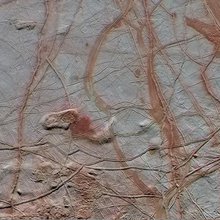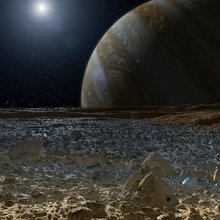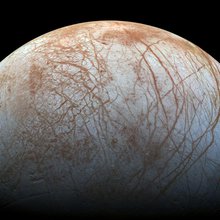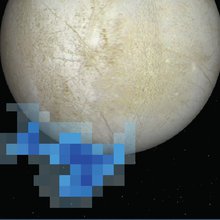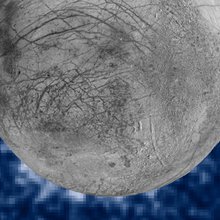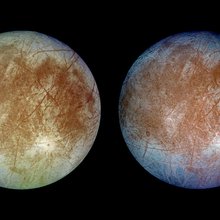- Launch Date October 10, 2024
- Mission TypeOrbiter
- TargetOuter Solar System
Mission Overview
The Europa Clipper mission will place a spacecraft in orbit around Jupiter in order to perform a detailed investigation of the giant planet’s moon Europa. Europa shows strong evidence for an ocean of liquid water beneath its icy crust and some astrobiologists believe that it could host conditions favorable for life. The mission will send a highly capable, radiation-tolerant spacecraft into a long, looping orbit around Jupiter to perform repeated close flybys of Europa.
NASA has selected nine science instruments for a the Europa Clipper mission. The selected payload includes cameras and spectrometers to produce high-resolution images of Europa’s surface and determine its composition.
The nominal Europa Clipper would perform 45 flybys of Europa at altitudes varying from 1700 miles to 16 miles (2700 kilometres to 25 kilometres) above the surface.
Relevance to Astrobiology
A primary objective of the Europa Clipper mission is to determine the thickness of the Europa’s icy shell and to search for subsurface lakes similar to those beneath Antarctica’s ice sheet. The mission will also measure the strength and direction of the moon’s magnetic field, which would allow scientists to determine the depth and salinity of its ocean. A thermal instrument will survey Europa’s frozen surface in search of recent eruptions of warmer water at or near the surface, while additional instruments will search for evidence of water and tiny particles in the moon’s thin atmosphere. Studying the composition of expected water vapor plumes on Europa would help scientists investigate the chemical makeup of Europa’s potentially habitable environment while minimizing the need to drill through layers of ice.
NASA Astrobiology Involvement
The NASA Astrobiology Program supports numerous astrobiologists that are involved in the definition of science goals for Europa Clipper and the design of scientific instruments for the mission. The Astrobiology Program also funds astrobiologists who will work with the immense amount of data returned by Europa Clipper.
The Astrobiologists
Below is a selection of astrobiologists directly involved with the Europa Clipper mission.
Science Leadership
Robert Pappalardo, Project Scientist, NASA Jet Propulsion Laboratory.
Europa Investigation Leads
Donald Blankenship, University of Texas, Austin. REASON Principal Investigator.
Science Team
Oleg Abramov, Planetary Science Institute. Co-Investigator of the E-THEMIS instrument team for Europa Clipper.
Morgan Cable, NASA Jet Propulsion Laboratory. Collaborator on the imaging spectrometer for the Europa Clipper mission.
Kate Craft, Johns Hopkins Applied Physics Laboratory. Project Staff Scientist for the Europa Clipper mission.
Jonathan Lunine, Cornell Center for Astrophysics and Planetary Science. Project Staff Scientist for the Europa Clipper mission.
Steve Vance, NASA Jet Propulsion Laboratory. Project Scientist for the Europa Clipper mission.



